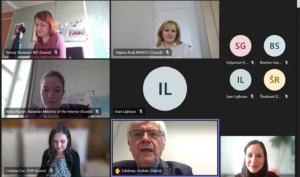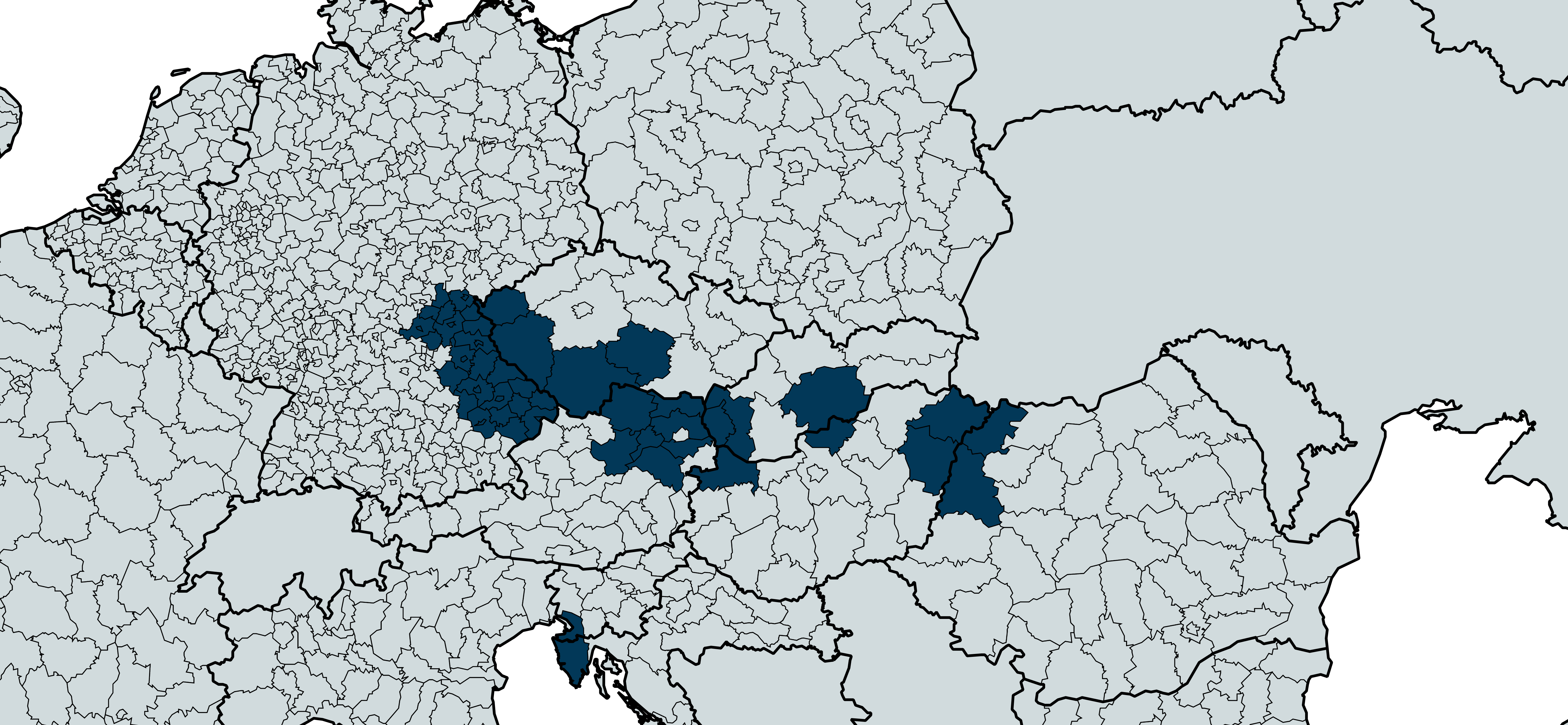Proximity is key in emergency healthcare. Hence, the European Union (EU) encourages access to health care facilities and cross-border cooperation for emergency healthcare. The Directive 2011/24/EU on patients’ rights in cross-border healthcare provides a legal basis for patients to get treatment across borders. However, establishing cross-border emergency health care entails a lot more.
Therefore, members of the Priority Area 10 Steering Group gathered online on 28 February 2023. We discussedhow macro-regional cooperation can support cross-border emergency healthcare and which stakeholder need to be on board.
The ‘anatomy’ of cross-border emergency healthcare
Smooth cross-border emergency healthcare is a major contribution to better quality of life, in particular for people living in border regions. But what does it take to realise it? To answer this questions, we took a look at the ‘anatomy’ of cross-border emergency healthcare. What are the key elements of successful initiatives?
Despite emergency healthcare not being as widespread as it should be, there are some initial and successful initiatives in place. The project “Healthacross for future” between Austria and the Czech Republic is a good practice example to learn a lot from.
The project reconciles legal, administraive, technical and cultural aspects of cross-border cooperation. In doing so, the initiative benefitted from a strong political will and dedicated partners.
Although the EU passed legislation on cross-border healthcare, there are still lots of open questions on liability and legal procedures when it comes to cross-border healthcare. Hence, Austria and the Czech Republic developed a two-level legal framework. The framework consists of a bilateral agreement at national level and cooperation agreements at regional level. Those documents constitute the legal basis for the bilateral cooperation. This model turned out to provide both, a strong legal pillar and flexible regulations for cooperation. This is why, Hungary and Austria also opt for the two-level framework in the joint cross-border project HEAL NOW.
Likewise, cross-border emergency to discuss how macro-regional health services require trust in people and services. The uptake of services and smooth cooperation between the institutions needs trust and networking. Equally, cross-border cooperation needs to bridge language barriers. Since healthcare is a particularly sensitive topic and deals with sensitive data, cross-border initiatives need to invest in trust-building activities.
Furthermore, cross-border emergency healthcare requires the harmonisation or reconsiliation of administrative procedures and equipment as well as communication systems.
Next steps in cross-border emergency healthcare in the Danube Region
 The Steering Group of Priority Area 10 discussed how we can foster mutual learning. Despite the bilateral character of cross-border emergency healthcare, the Danube Strategy can provide a platform for sharing expertise and information on funding and other forms of support.
The Steering Group of Priority Area 10 discussed how we can foster mutual learning. Despite the bilateral character of cross-border emergency healthcare, the Danube Strategy can provide a platform for sharing expertise and information on funding and other forms of support.
Another aspect are the stakeholder that should take part in this exchange. With regards to the comprehensiveness of the topic, a future task force should include different stakeholders from different administrative levels as well as both strategic and operational partners.
A result of the discussion was the focus on legal issues and trust-building as being identified as the most essential aspects of cross-border emergency healthcare.
With this, we hope to set the first successful step to encourage and support more cross-border emergency healthcare initiatives in the Danube Region, thereby contributing to our action to facilitate the administrative cooperation of communities living in border regions.




